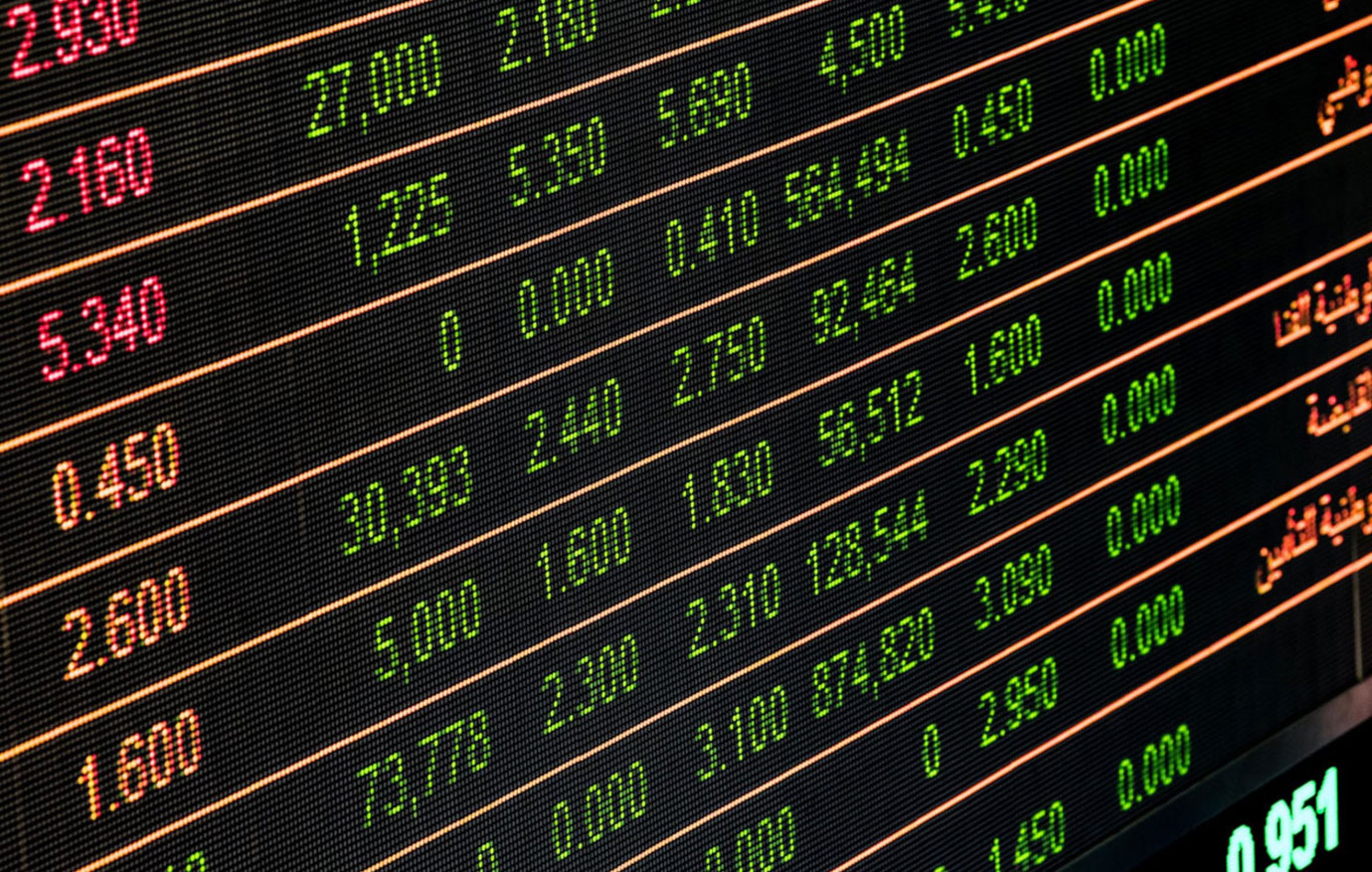THE COUNTRY’S dollar reserves remain at an “adequate” level despite slipping below the $100-billion level as of end-July, Bangko Sentral ng Pilipinas (BSP) Governor Felipe M. Medalla said.
At the same time, S&P Global Ratings noted the Philippines’ foreign exchange reserves remain “very high” but will likely drop as global commodity prices and interest rates continue to rise.
Many central banks have deployed the tandem of rate hikes and foreign exchange spot intervention as the US Federal Reserve continued its aggressive monetary policy tightening.
“We were responding just like other central banks to this global situation. The monetary policy in the United States is causing currencies to depreciate, so in response to that, we raised interest rates, not as much as the US did, and we also sold reserves… Nonetheless, our reserves remain comfortable and adequate,” Mr. Medalla said at the Development Budget Coordination Committee’s (DBCC) briefing for the House Committee on Appropriations on Friday.
The peso touched its all-time low of P56.45 per dollar in July.
Year to date, the peso has weakened by P6.02 or 9.84% from its P51-per-dollar close on Dec. 31, 2021.
The country’s gross international reserves (GIR) stood at $98.83 billion as of end-July, 2% lower than the $100.85-billion level as of end-June. The dollar reserves fell below the $100-billion level for the first time since August 2020 when GIR stood at $98.95 billion.
The GIR level has been on a decline since February this year.
“Despite the recent declines in gross international reserves, the overall level remains very high, especially when put into the context of the fairly consistent trend of around $80 billion in the five years prior to the pandemic,” S&P Global Ratings Senior Economist Vincent Conti said in an e-mail.
Having an ample level of dollar reserves safeguards an economy from market volatility and is an assurance of the country’s capability for debt repayment in the event of an economic downturn.
The country’s foreign exchange buffer hit a record high of $110.12 billion in December 2020.
“In a way, the weak domestic economy during the COVID (coronavirus disease 2019) period had the positive and related side effects of a stronger currency and a strong buildup of reserves, by dampening imports and thus boosting the trade balance,” Mr. Conti said.
“This is of course being reversed as the Philippines and the region faces capital outflow pressure amid high commodity prices and prospects of still higher global interest rates, as we note in our most recent report. That has resulted in peso depreciation as well as a slightly lower buffer from reserves,” he added.
In a research note dated Aug. 22, S&P Asia-Pacific Chief Economist Louis Kujis said foreign reserves in emerging markets in the region have declined amid heightened exchange rate volatility.
“Asian currencies have depreciated appreciably against the US dollar this year; and this has allayed much of the burden on the balance of payments,” he said.
The BSP is expecting a GIR of $108 billion for this year and $109 billion for next year. — Keisha B. Ta-asan
















